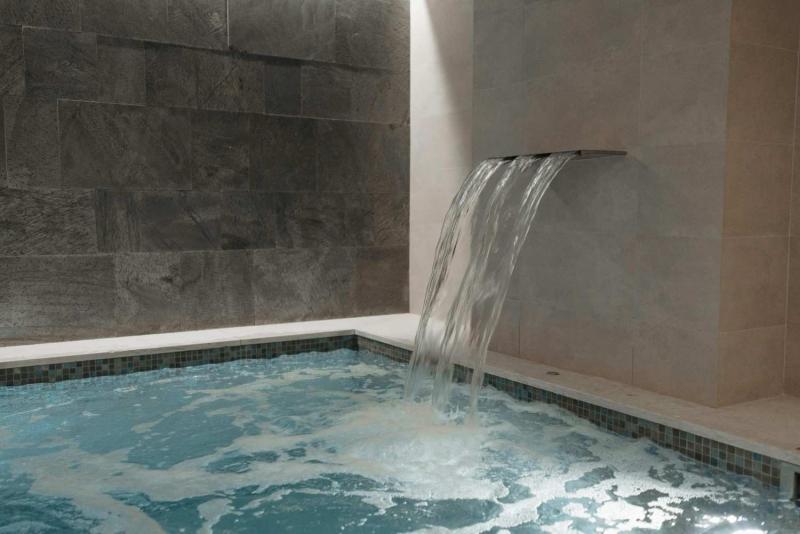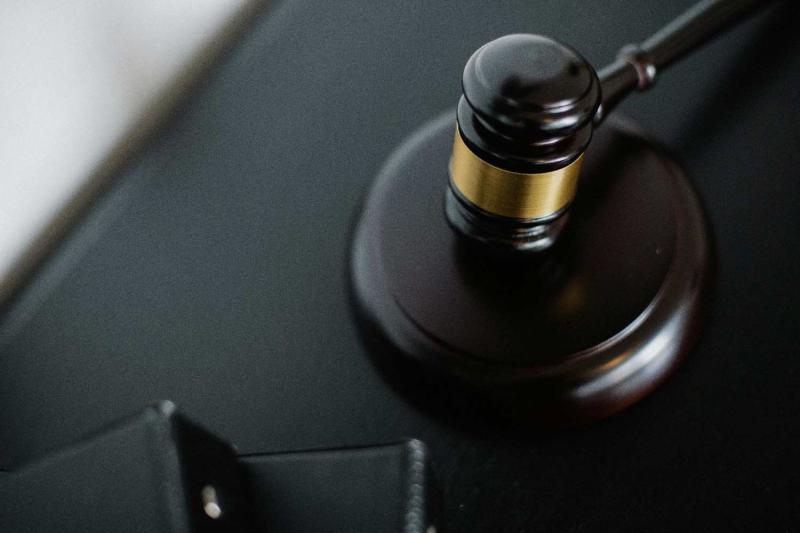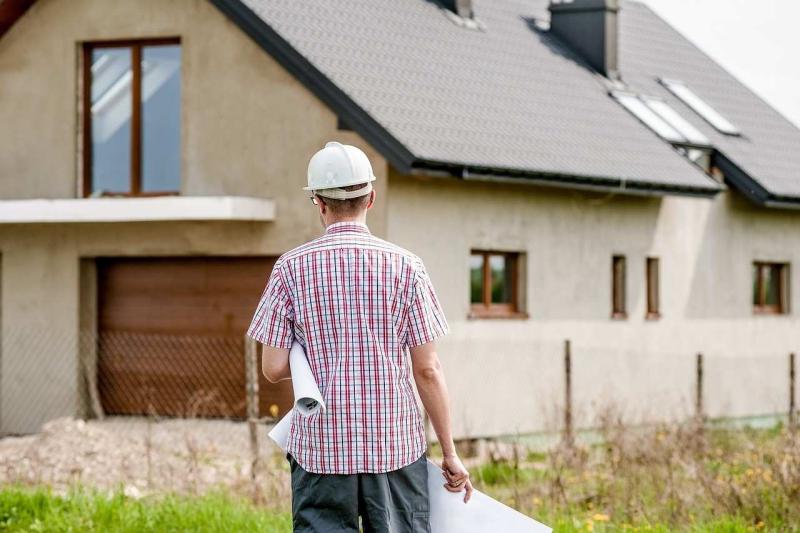Essential Considerations for Inground Pool Installation

An inground pool is a fantastic addition to any home, offering a space for relaxation, exercise, and entertainment. However, installing an inground pool is a significant project that requires careful planning and consideration. From selecting the right design to understanding the construction process, this blog provides essential information to help you navigate the process of inground pool installation.
Factors to Consider Before Installation
Before diving into the inground pool installation process, it’s essential to evaluate several key factors to ensure the project aligns with your needs and property requirements.
The first consideration is the purpose of your pool. Are you looking for a family-friendly space, a lap pool for exercise, or a luxurious backyard feature? The intended use will influence the pool’s size, shape, and design.
Your property’s layout is another critical factor. Evaluate the available space, soil conditions, and any local zoning regulations or permits required. Working with a professional contractor or designer can help identify potential challenges and solutions.
Budget is equally important. Beyond the initial installation cost, consider ongoing expenses such as maintenance, water usage, and utility costs. Having a clear budget in mind will guide your choices and prevent unexpected financial surprises.
Types of Inground Pools
There are three main types of inground pools, each with its own advantages and considerations.
Concrete Pools: These are highly durable and customizable, making them a popular choice for homeowners seeking unique designs. However, they are also the most expensive and time-consuming to install.
Fiberglass Pools: These are pre-molded and delivered as a single unit, making installation quicker and easier. Fiberglass pools are low-maintenance and resistant to algae but offer less flexibility in terms of design and size.
Vinyl Liner Pools: These are more affordable and allow for moderate customization. They require periodic liner replacement but are a great option for homeowners on a budget.
Choosing the right type depends on your preferences, budget, and long-term maintenance expectations.
The Installation Process
The installation of an inground pool involves several stages, starting with excavation. The site is carefully measured and excavated to match the pool design. This step requires precision to ensure proper leveling and structural stability.
Next, the pool structure is installed, whether it’s a concrete shell, fiberglass unit, or vinyl liner. Plumbing and electrical systems are integrated during this phase to ensure efficient water circulation and lighting.
Once the pool structure is in place, finishing touches such as tiling, decking, and landscaping are added. These elements enhance the pool’s aesthetic appeal and functionality. The final step involves filling the pool with water, testing the systems, and ensuring everything is functioning as intended.
Maintenance and Care After Installation
Proper maintenance is essential to keep your inground pool in excellent condition. Regular cleaning, water treatment, and equipment checks prevent issues such as algae growth or mechanical failures.
Investing in a quality pool cover can help protect your pool from debris and reduce water evaporation. Additionally, scheduling routine inspections with a professional ensures that the pool remains safe and efficient.
Benefits of an Inground Pool
An inground pool offers numerous benefits, from enhancing your property’s value to providing a private oasis for relaxation and recreation. It creates a space for family gatherings, fitness activities, and moments of tranquility.
Moreover, a well-designed pool adds aesthetic appeal to your outdoor space, turning your backyard into a stunning focal point. With proper planning and care, an inground pool becomes a lasting investment in both lifestyle and property value.
Installing an inground pool is an exciting project that transforms your outdoor space into a hub of enjoyment and relaxation. By carefully considering factors such as design, budget, and maintenance, you can ensure a successful installation process.
With the right planning and ongoing care, your inground pool will provide years of enjoyment, serving as a versatile and beautiful addition to your home.









Comments